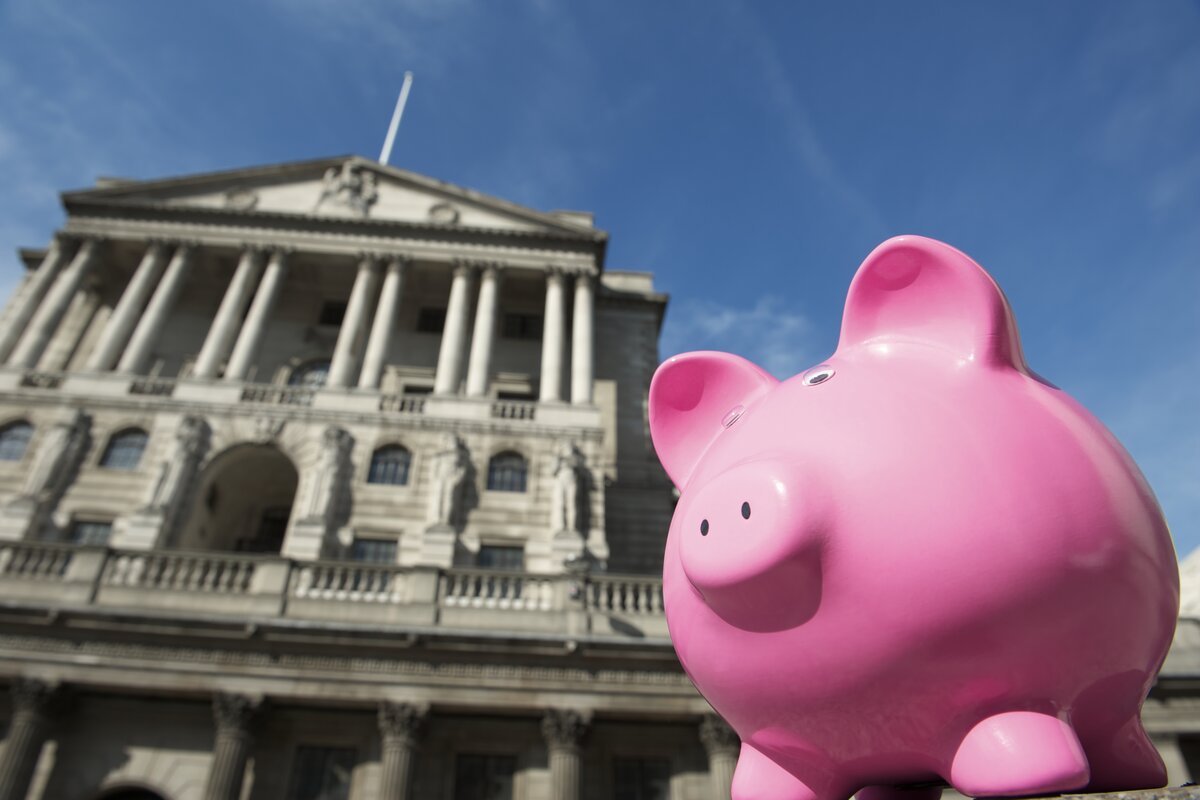Is This the End of Low Fixed Rate Deals and What Do We Expect to See in 2022?
Written on 22 October 2021 by

The headline rates we have seen lenders compete for over the last few months have been remarkable. No one expected to see lenders drop fixed rates to 0.78%. Topical? Certainly. Sustainable? Definitely not.
With the potential increase in base rate on everyone’s minds - Michael Saunders, external member of the Bank’s rate setting monetary policy committee said on 09/10/2021 that a rise in interest rates could come “significantly earlier” than previously anticipated - it comes as no surprise that headlines have abruptly changed direction, with a flurry of articles now focusing on rumours of a base rate increase by the end of the year and potentially another in Spring 2022.
So, what kind of rates should we expect? And what action should fixed rate borrowers take?
In this blog, I’ll go through what’s happened so far and what this tells us to expect, what to do if you’re approaching the end of your rate, a couple of the different fixes available and how to decide what’s suitable for you.
What Has Been Going on in the Market and What Is Happening Now?
The 2021 increase in property prices, balanced with a stable period of no impending base rate rises for lenders and the holding of larger deposits on the back of 2020, allowed for rates of below 1% across several lenders. These rates were all anyone was talking about for months.
But from early October, we started to see the ultra-competitive nature between lenders coming to an end; instead of undercutting each other, lenders were finally matching each other’s rates.
Now, with inflation steadily increasing above the target of 2% - and increasing speculation of an impending base rate rise in November or December - we’ve seen low rates disappear from headlines, showing how quickly things can change.
Rates at lower LTVs (loan-to-values) - sub 60% LTV – are increasing and we expect them to continue increasing to a more reasonable 1% as lenders start to factor in these changes.
At higher LTVs we are seeing the reverse at this moment in time. Lenders who have chosen to increase rates at the lower LTV (60%), have decreased the rate at the higher LTV (85%/90%/95%) to remain competitive, reducing their rates on 2, 3 and 5 year fixed deals. How long this trend continues will be interesting to see.
Lenders have also widened their criteria. For example, some have increased the value of the property acceptable at the higher LTV to capture more business.
What Can We Expect in 2022?
The recent actions from lenders indicate a general feeling of positivity about the future of the housing market as we move into 2022, with the expectation of seeing similar levels of transactions as the past year – which, perhaps to the surprise of some, saw the highest number of completions in 15 years!
What Should I Do if I’m Coming to the End of My Fixed Rate?
If you are looking at your mortgage with 6 months left on a fixed rate, and conscious you don’t want to pay an early repayment charge to switch to a new rate now, you can fix a deal 6 months in advance with most lenders. That way, if rates continue to decrease between now and then you can look at switching to a lower rate in that time. On the other hand, if rates continue to increase you will have secured your rate and won’t be affected by any impending rate increase in that time. A win-win in any outcome.
I Have a Year Left on My Fixed Rate – Do I Remortgage Now or Wait?
For those in a fixed rate with a year left or longer, wondering whether it is worth paying an ERC (early repayment charge) to tie in for a new deal now - rather than reviewing in 6 - 9 months’ time when rates may have increased - you need to take into consideration the costs of this decision, the ERC percentage and other associated fees the lender may have for clearing the loan early - i.e. a mortgage exit fee.
It's best to speak to a broker if you’re in this situation. A broker will be able to establish whether the savings you will make by switching to a new deal early are worth the ERCs.
How Long Do I Fix for and Is There a Premium to Fix for Longer?
We often get questions about how long fixed rates are, what they cost and how to decide which product is best for you. The reality is lenders want to have just as much security as clients – a sentiment that is truer now than ever before. These turbulent times have in fact helped close the gap between rates on 2 and 5 year fixes.
Everyone’s circumstances are different – and everyone’s circumstances are subject to change - so you want to ensure you fix for the right period of time. But what is the right period? Let us break down the options.
2 Year Fix
A shorter term fixed rate, like a 2 year fix, will allow you to review your options earlier, benefit from your capital repayments and build the equity in your home.
5 Year Fix
If you have no plans to move in the next few years, then a 5-year fix could be suitable. It will give you more stability and you will to benefit from avoiding any fluctuations for a longer period of time.
What’s My Next Step?
If you have any concerns, questions or you simply want to find out more about what options are suitable for you, call us on 0330 433 2927.
Category:Nicholas Mendes


